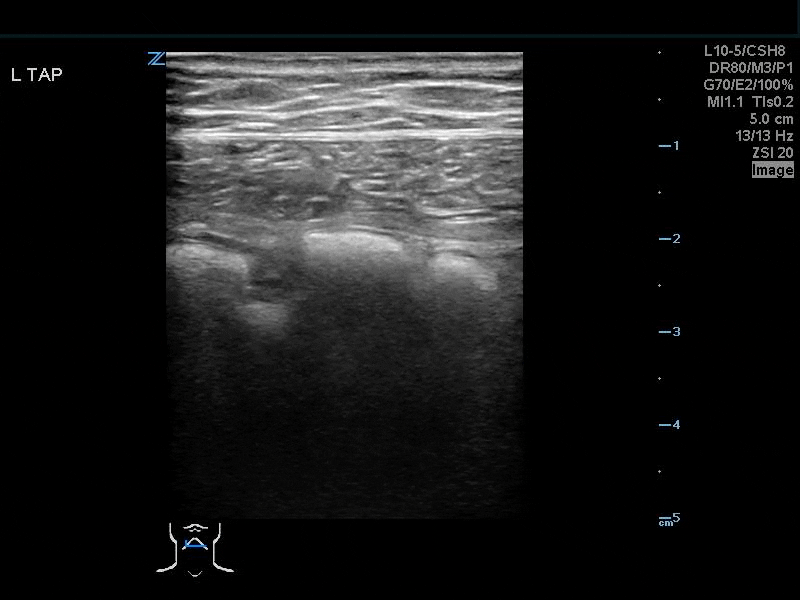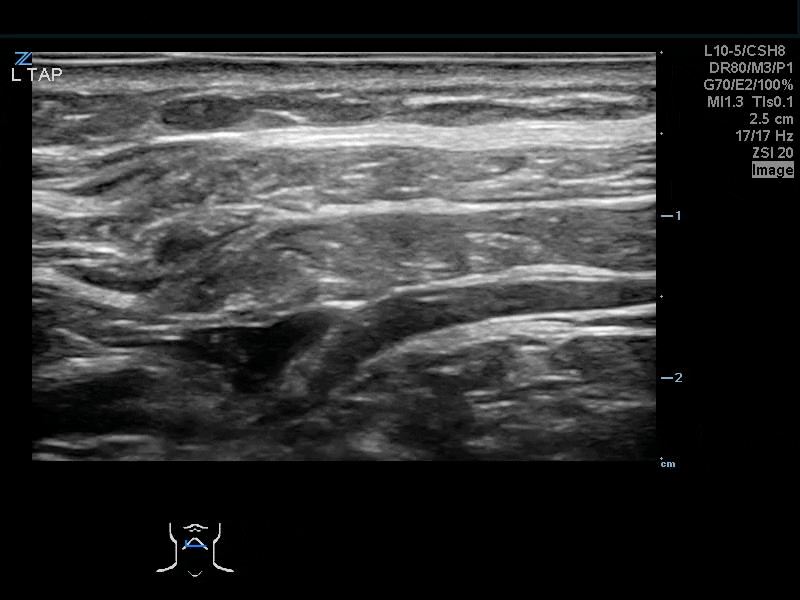Transversus Abdominis Plane (TAP) Block
- Brian Makowski
- Dec 17, 2024
- 1 min read
Check out our Ultrasound Chief, and next year's incoming Ultrasound Fellow, Dr.Riwniak's SonoSnack on the TAP Block!

Reasons we have done TAP blocks in our ER:
Rectus Sheath Hematoma (check out the case below!)
S/p Abdominoplasty with Severe Pain
Abdominal Wall Strain Bounce Back (x many)
Incarcerated Hernia
Peritoneal Irritation from a Visceral Problem (Appy, etcetera...)
PEARLS & High-Yield Pointers:
The TAP Block is an awesome block. It does not have as diverse of applications as an ESP block but does a great job in its role.
Recall this block does NOT have visceral coverage but has great somatic coverage of the anterolateral abdominal wall!
They are not crazy hard. It can be slightly challenging to get into the fascial plane (like any other fascial plane block).
Technique:
Count from the inside out to ensure you don't get confused on the fascial planes (peritoneum, transversus, internal, external)
Doing a Posterior TAP Block instead of a Standard TAP Block seems to be commonplace in the anesthesia realm and should be used; there is evidence supporting this practice. You just track posteriorly until you see the transversus abdominis muscle taper:
Location:
A Standard TAP Block will not get cranial to the umbilicus; so if you have severe pain focused above umbilicus, you'll likely have to do a Subcostal TAP Block
If you have more central/bilateral medial pain you should consider a rectus sheath block instead.
Rectus Sheath Hematoma Case with TAP Block
Wanna learn more on the TAP Block?! Check out these other fantastic resources:
Highland Ultrasound
Regional Anesthesiology and Acute Pain Medicine
Core Ultrasound
Nerve Block App




Comments